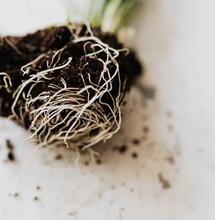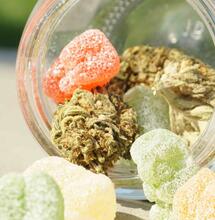What's the story of Moroccan Hash?

Around 70% of the world's hashish comes from Morocco, with approximately 95% of that originating from the province of Ketama, which dominates the Rif Mountains. The Ketamese people have historically viewed themselves as distinct from the Moroccan state. They resisted Moroccan authorities for a long time, fiercely fighting for their independence and often being a thorn in the side of the Moroccan government.
In the mid-twentieth century, the Moroccan monarch offered the Ketamese a deal: if they laid down their arms, ceased their resistance, and accepted Moroccan rule, they could maintain their hashish culture. The Ketamese accepted this agreement and tentatively joined the newly established state of Morocco. In the years that followed, the legalised hashish culture in Ketama flourished, eventually dominating the region's agriculture. The cultivation of cannabis gradually extended beyond Ketama's borders, giving rise to export and tourist trades, attracting foreigners to this historically inhospitable region of North Africa.
Today, Ketama still has a formidable reputation; visiting the area is not for the faint-hearted or easily intimidated. The Rif region is home to numerous wealthy dealers, smugglers, suppliers, and farmers. Many locals—police officers, soldiers, townsfolk, and business owners—are involved in the hashish trade, which has become the economic backbone of the region. In the Rif, three main strains of cannabis are cultivated: traditional blonde Moroccan, a red Moroccan variety, and a Pakistani variety. It is essential for farmers to continually crossbreed these strains to produce new seed stocks, ensuring they do not stagnate and lose their beneficial characteristics.
How is Moroccan Hash Made?
Producing hash from cannabis is a labour-intensive process. First, the mature crop is harvested around September or October when summer is drawing to a close. The plants are then dried and stored until the weather becomes cold. As temperatures drop, the trichomes in the hashish become easier to separate from the plant, enhancing the quality of the final product.
Once dried and cold, typically in November, the plants are placed on a fine mesh screen secured over a large bowl. The bowl and the plants are then carefully placed in plastic (fertiliser) bags and gently beaten with sticks. This process knocks the trichomes from the plant, causing them to fall through the screen into the bowl. The first round of bashing is known as Dobley Zero Zero and is considered the highest quality.
To produce the finest hashish, it is crucial to select the right plants and parts of the plants for bashing. Bashing the lower branches of a small, stunted plant won’t yield good-quality hash, as these plants tend to collect more dirt and dust due to their proximity to the ground. The plants are kept after the first bashing and set aside. When the farmer is satisfied with the amount of Dobley Zero Zero collected, the hash is kept in powder form, wrapped in plastic, and stored in a cool, dry place to prevent the oils from evaporating too quickly. The plants undergo an additional three or four rounds of bashing, or until the farmer is content with the total weight of hashish collected.
The different batches from each bashing can be kept separate, as each subsequent bashing yields slightly lower quality, or they can be mixed. Regardless of how the farmer chooses to mix the hashish, it is always kept in powder form until it is ready to be sold. Serious buyers and smokers typically prefer to see the hash in this state before making a purchase.
As previously mentioned there are three primary strains. The blonde variety is the traditional Moroccan hash most people think of; it has a smooth taste and provides a steady, moderate high. It is not too strong, making it ideal for socialising and getting things done—perfect for climbing mountains!
From every 100 kg of plant material, approximately 1 kg of good-quality hashish is produced. The red variety offers a stark contrast; it provides a strong, trippy high that hits quickly but wears off relatively fast. For every 100 kg of red plant material, around 1.5 kg of good-quality hash can be obtained. Lastly, the Pakistani strain is regarded as the queen of them all, delivering a potent and long-lasting high.
If consumed excessively, it can leave you feeling quite dazed for hours. After smoking a substantial joint in the morning, it is advisable to find a comfortable spot and roll another one later, as this strain can incapacitate your productivity for the day. It's best to reserve the Pakistani for evening use if you have things to accomplish earlier.
More From Soft Secrets:
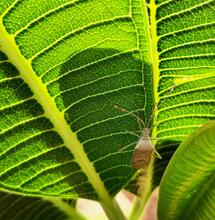
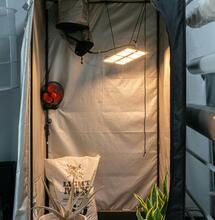
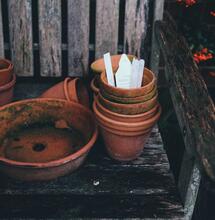
.png)
